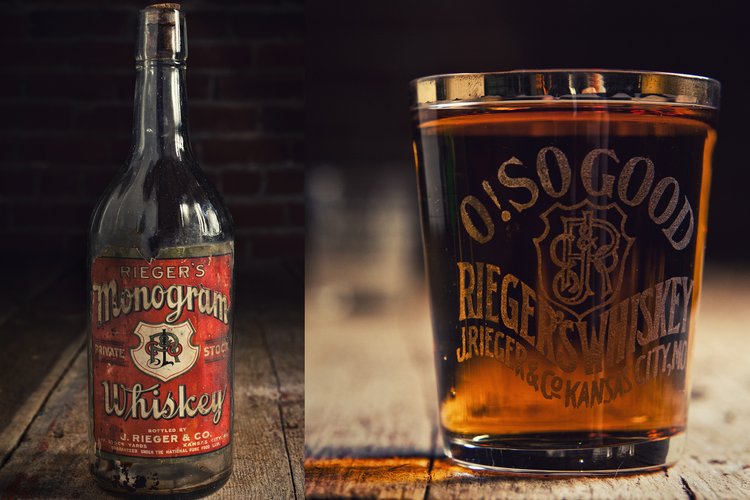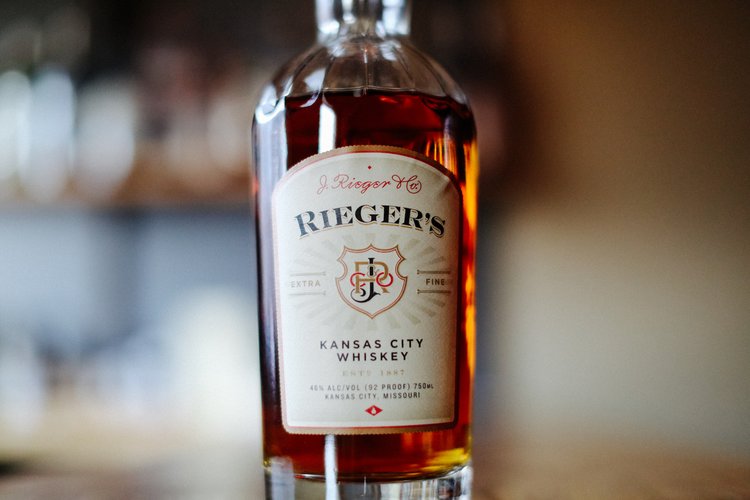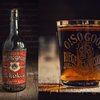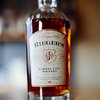When you think of Sherry’s place in the world of Whiskey, you’re likely to gravitate toward the Single Malt Scotches that age their Whiskeys in used Sherry casks. This is a practice and perfect partnership that dates back at least two centuries. The Sherry casks, unlike other barrels, add deep, dark notes of toffee, raisin, butterscotch, and almonds. But while Scottish distilleries have managed to overcome adversity, shortages, and changes in production methods over the years to maintain Sherry as a vital component, a similar tradition in American Whiskey faded away with Prohibition, only to be recently resurrected.
Straight Bourbon Whiskey has long established itself as the top of the Whiskey food chain in America. But looking at the murky history of American Whiskey dating back to the 1800s, it hasn’t always been that way. Even some of the great pioneers in Straight Bourbon, like Austin Nichols, Julian Van Winkle, and W.L. Weller began their careers in the trade as makers of “rectified whiskey”. Rectified Whiskey is a loose term that refers to the practice of “fixing” or “correcting” purchased barrels of Whiskey. Basically, what would take place is that the distillers of the mid-to-late-1800s would sell their barrels to brokers, who would then somehow alter or adulterate that whiskey for consistency and to lengthen their supply. Without government regulation, this led to lots of confusion and some shady shenanigans that didn’t always result in the best quality spirits. But Sherry became the darling additive for quality brands, adding depth & complexity to early bottlings of American Whiskey.
It isn’t hard to believe that Sherry quickly established itself as a go-to rectifier during this time. Sherry was imported to the U.S. in large quantities, and was by far the most frequently ordered alcoholic beverage, served both neat as well as in the eponymous Sherry Cobbler cocktail. Sherry’s use in American Whiskey is lesser known, but no less vital to the history of either category. Buried deep in the TTB’s Beverage Alcohol Manual is the little-known law surrounding the use of rectifiers, and reads “…through established trade practice…blending sherry does not exceed 2.5% by volume of the blended whiskey”. While this law and this style are rarely acknowledged today, it sheds light on the various options available in the production of American Whiskey.
When Andy Rieger and I decided to pursue resurrecting the J. Rieger & Co. distillery that dates to this era, we knew we wanted to do something that paid tribute to the roots of the brand and that celebrated American Whiskey of the period. The idea of using Sherry in this method was a watershed moment for us, opening new doors of innovation, while simultaneously honoring the past. But we couldn’t have been prepared for how much the slight addition of a 15-year Oloroso Sherry from the Williams & Humbert bodega would impact our Whiskey. Abiding by the law and keeping our level of Sherry to under 2.5% by volume, the effect is dramatic, profound, and utterly delicious. The aromas of marzipan and orange explode out of the glass, and the deep flavors raisin, dried fruits, & salted caramel anchor the whiskey on the mid-palate. The blend itself consists of 3 whiskeys – a Straight Bourbon, Straight Rye, and Light Corn Whiskey ranging in age from 5 to 10 years. This unique blend posed some questions from the TTB, but ultimately, we were granted permission to classify our first release as “Kansas City Whiskey”. We’re proud to resurrect this style of American Whiskey and add to the whiskey landscape, while also continuing to share our love for the beautiful Sherries of Jerez de la Frontera.








